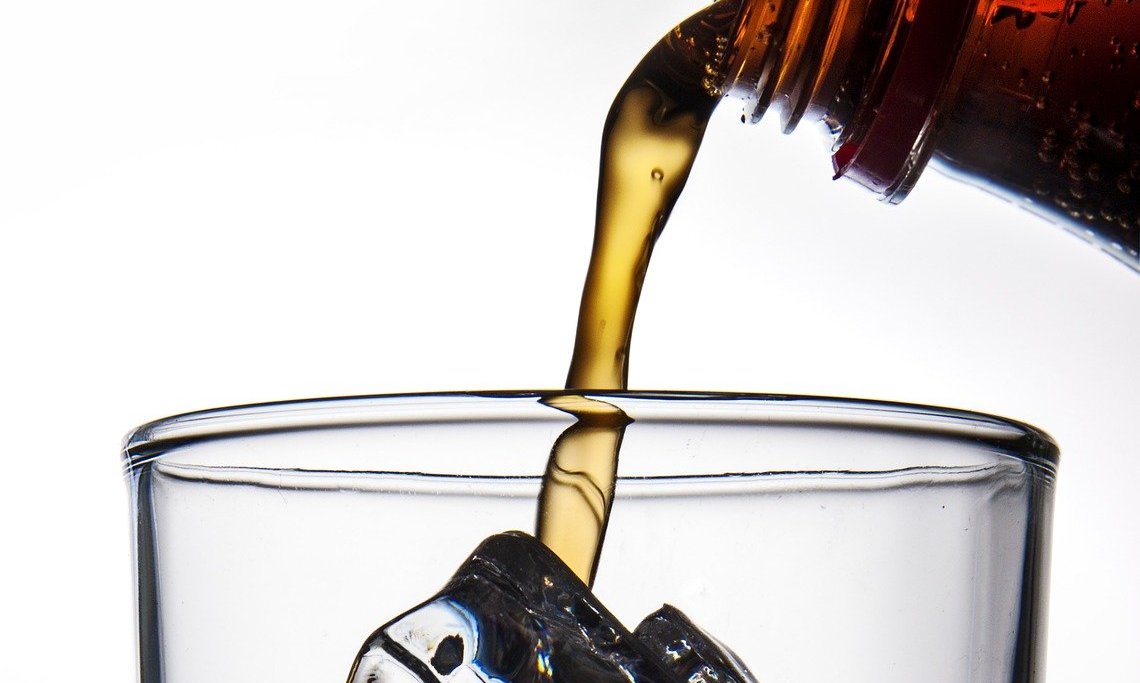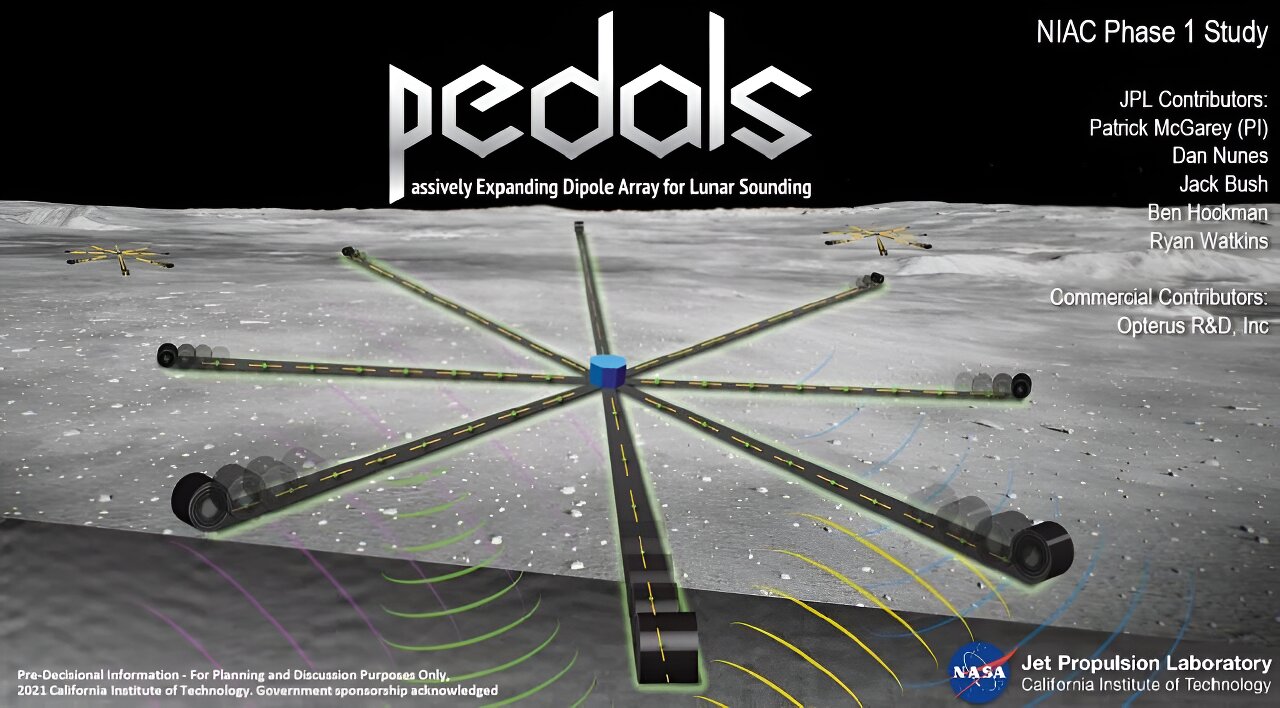Are you a fan of the fizzy sensation in sodas, champagne, beer, or sparkling water? That delightful burst of bubbles that tickles your nose when you take a sip? Have you ever wondered how carbonation actually works?
As a professor who teaches chemistry and fermentation, and a carbonated beverage enthusiast and home brewer myself, I can tell you that the process of carbonation is fascinating. It may seem simple, but various factors, from temperature to surface tension, can greatly impact the taste and quality of carbonated beverages.
Dissolving carbon dioxide
Carbonation involves dissolving the colorless and odorless carbon dioxide—CO₂—gas into a liquid. When carbon dioxide is added to a sealed bottle or can of water, the pressure inside increases, causing the carbon dioxide to dissolve into the liquid.
The carbon dioxide above the liquid and the carbon dioxide dissolved in the liquid reach a chemical equilibrium. This means that the rate at which carbon dioxide dissolves into the liquid is equal to the rate at which it is released from the liquid. It depends on the amounts of carbon dioxide in both the air and the liquid.
Some of the dissolved carbon dioxide reacts with the water to form carbonic acid, which gives the beverage a slightly sour taste. Once some of the dissolved carbon dioxide converts to carbonic acid, more carbon dioxide from the air can dissolve into the liquid, reestablishing the chemical equilibrium.
When you open a bottle or can, the pressure above the carbonated liquid equalizes with the pressure outside. This release of pressure creates a hissing sound, and you can see bubbles rising in the liquid as the carbonic acid converts back to carbon dioxide and escapes to the surface. The presence of carbonic acid is what gives the beverage its slightly sour taste.
A colder drink is a bubblier one
Temperature also plays a significant role in carbonation. As the temperature of a liquid rises, most gases, including carbon dioxide, do not dissolve well in it. That’s why carbonated drinks go flat if left at room temperature.
On the other hand, if you refrigerate your favorite carbonated beverage, more carbon dioxide will remain dissolved in the liquid while it’s sealed








